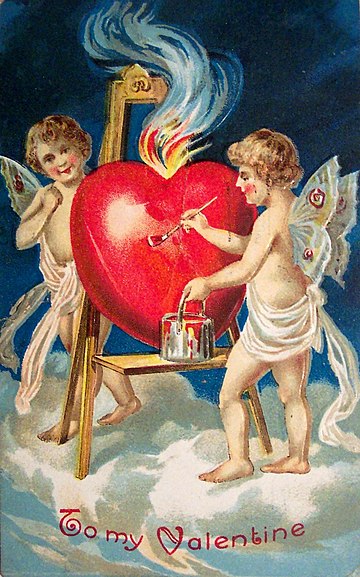
by Kevin T McEneaney
Emperor Claudius II ruled from 268 to 270 AD. During his reign he adopted the policy of forbidding Roman soldiers to marry, a rule that lasted long after his reign. (Officers were permitted to marry.) The reason this rule was adopted was that so many regiments were at about half-strength due to the broad corruption of extended family leave. He was facing war and he needed all regiments (100 soldiers) to be at full conscription. He led the Roman army in defeating the Goths (the Alemanni) but succumbed to a virulent plague that ravaged Europe when he went to congratulate the troops. If a married man joined the army, the marriage was cancelled. For some, this was an attractive path to escape an unsuccessful marriage,
The purpose of forbidding marriage was to prevent soldiers from getting leave to visit their families for real or fabricated reasons. Claudius was determined to keep regiments at full strength. There was wide abuse of the leave process at the time and Rome was facing war.
Roman soldiers at this time observed the Persian Mithraic rite because that religion possessed a ritual for forgiving the shedding of blood. Subsequent Roman emperors who were Christians were not successful in attracting Roman soldiers to Christianity until Christianity relented and accepted the ritual of forgiving people for shedding blood—that ritual was called confession (admission).
Valentine, a not uncommon name meaning valiant in battle, was a physician and Roman Catholic priest. Christianity was legal yet disdained by Claudius the Second. Valentine cured a young noble teenager of a serious eye infection, then Valentine was arrested for performing many secret marriages of Roman soldiers. He was sentenced to an unknown period in prison. The young girl he cured visited him in prison and bribed the guards with her mother’s expensive jewelry and freed Valentine; he was re-arrested and beheaded as a serial offender. Anyone who escaped from prison was customarily executed; Valentine was beheaded on February 14, 269. Although this naive young girl is usually depicted as a hero, she was responsible for his death.
It is unlikely that the young teenager and the much older priest were lovers, yet the young girl’s affection lived as a popular legend; Valentine was buried on the Via Flaminia with a marked grave. Pope Gelasius (492-96) declared Valentine a saint. The alleged skull of St. Valentine is exhibited in the Basilica of Santa Maria in Cosmedin, Rome. Also, the Carmelite Church in Dublin on Whitefriars Street claims to possess some of Valentine’s bones which were sent there by Cardinal Carlo Odescalchi with permission from Pope Gregory XVI. Other churches in Europe also claim to possess Valentine’s bones.
In the 14th and 15th centuries Valentine’s Day became associated with romantic courtly love. The Duke of Orleans was captured at the famous battle of Agincourt in 1415. Next year from the Tower of London, on February 14th he composed a letter to his wife in the form of a rondeau (a rhyming poem with a repeated refrain meant to be set to music). In the letter the duke asserts his love for his wife, declares that he misses her, and calls her my Valentine. (When put to music, this poem may have been a gimmick to raise funds for his ransom.)
In a 1477 letter by Margery Brewes to her future husband John Paston, Margery called him “my right well-beloved Valentine.”
In William Shakespeare’s play Hamlet (1601), Valentine’s Day plays a pivotal role in the drama when Ophelia commits suicide on that day because she has relinquished her virginity to Hamlet, fears she is pregnant, and Hamlet has killed her father right before her eyes. Hamlet has rejected Ophelia because her father Polonius was acting as a spy for the uncle who murdered his father and married his mother. This element of the plot is taken from the New Testament and the story of Herod Antipas who murdered his brother and married his brother’s wife.
In England around 1790 printers began printing Valentine Day cards which increased the popularity of Valentine’s Day. In 1835 about 60,000 Valentine cards were sent by post in the United Kingdom, despite postage being expensive. With the invention of the postage stamp in 1840 and a major decrease in the cost of postal delivery approximately 400,000 Valentine Day cards were delivered.
In the United States Esther Howland from Wooster, Massachusetts, began marketing Valentine Day cards in 1848; in the following year in an enthusiastic writer proclaimed in Graham’s American Monthly that Valentine’s Day was becoming “a national holiday.”
Mr. Harrison’s Confession (1851) by Elizabeth Gaskell there is a Valentine card which plays a pivotal role in the plot; Thomas Hardy’s novel Far from the Madding Crowd (1874) also features a Valentine Day card in the plot.
Today about 200 million Valentine Day cards go through the US mail.
There is currently a plethora of young adult novels that feature a Valentine’s Day theme.